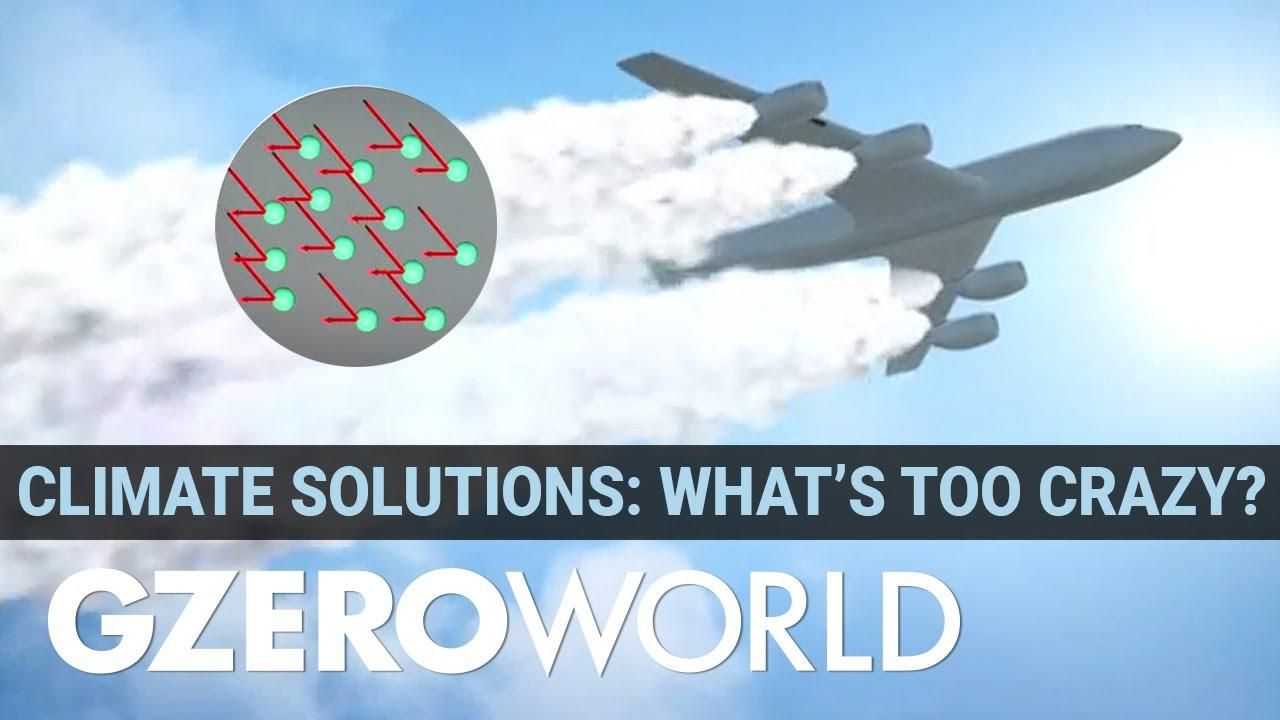GZERO World Clips
Geoengineering: science fiction or a solution to the climate crisis?

Geoengineering: Science Fiction or a Solution to the Climate Crisis? | GZERO World

What are the most promising climate solutions? Elizabeth Kolbert discusses the three types of technologies that are being considered to address climate change, which include cutting edge, science fiction-like technologies like geoengineering, pulling carbon out of the atmosphere and nuclear fusion. Kolbert, a Pulitzer Prize winning climate journalist, spoke with Ian Bremmer on GZERO World about the opportunities and unknowns involved in assessing these extreme solutions. "You can say, 'Well, we've unwittingly geoengineered the planet, let's try to think this through rationally and can we come up with technologies like solar geoengineering to mitigate or counteract that?'" The episode is airing on US public television starting April 16.
Watch the episode: Can We Fix the Planet the Same Way We Broke It?
With the global order under increasing strain, 2026 is shaping up to be a tipping point for geopolitics. From political upheaval in the United States to widening conflicts abroad, the risks facing governments, markets, and societies are converging faster—and more forcefully—than at any time in recent memory. To break it all down, journalist Julia Chatterley moderated a wide-ranging conversation with Ian Bremmer, president of Eurasia Group and GZERO Media, and a panel of Eurasia Group experts, to examine the findings of their newly-released annual Top Risks of 2026 report.
Some of the regime’s best moments — did we miss any? #PUPPETREGIME